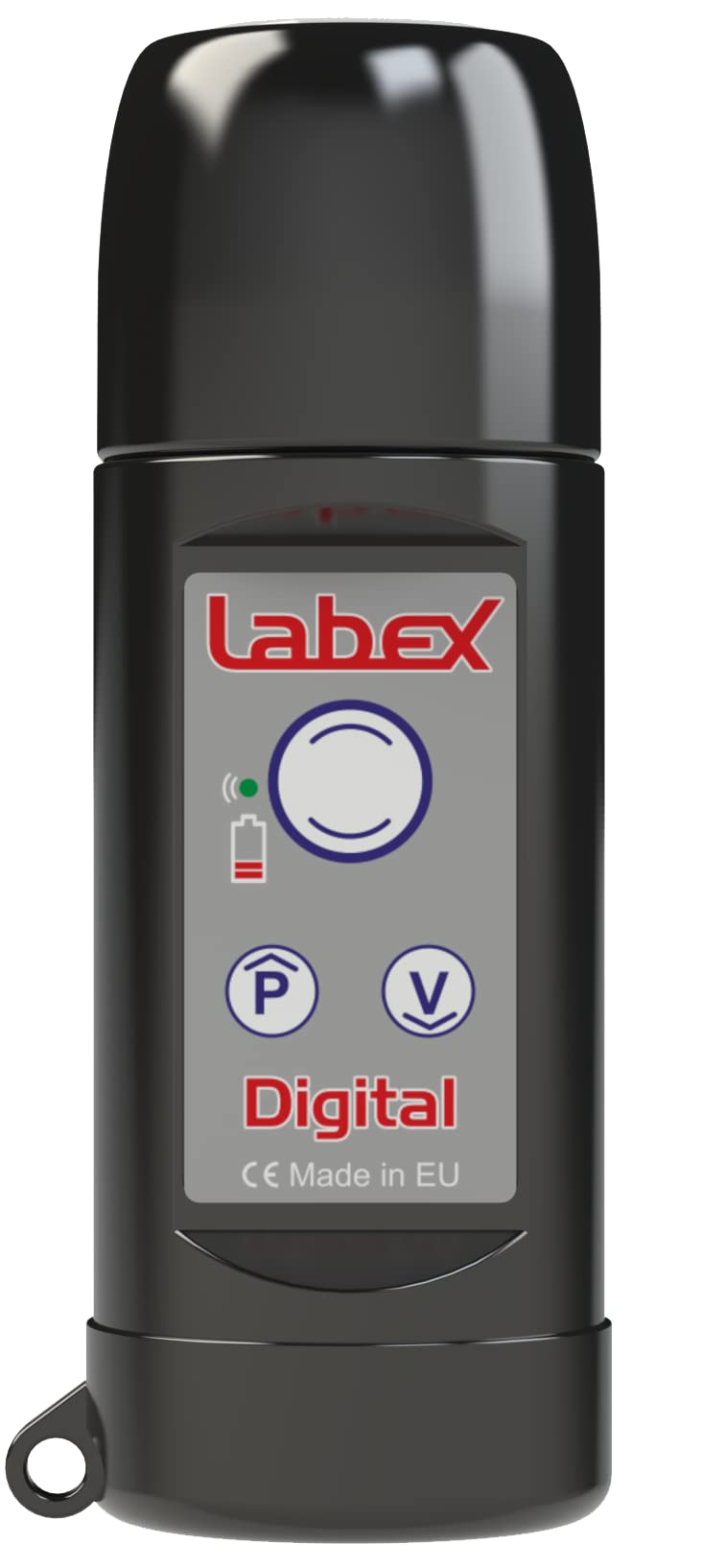Understanding Electrolarynx Devices
An electrolarynx, or artificial larynx, is a medical device used by individuals who have lost their voice, typically due to laryngectomy (removal of the larynx). It's a battery-operated device that, when pressed against the neck or cheek, produces vibrations. These vibrations are transmitted into the oral cavity and can be articulated into speech by the user's tongue, lips, and teeth.
Key Features of a High-Quality Electrolarynx
While the "best" electrolarynx device is subjective and depends heavily on individual user needs and preferences, several key features distinguish high-quality options:
- Sound Quality and Intelligibility:
- Natural Tone: Look for devices that offer a more natural, less robotic-sounding voice. Some advanced models have multiple tone settings or adaptive technology.
- Clarity: The speech produced should be clear and easy for others to understand, even in moderately noisy environments.
- Volume Control: Adequate and easily adjustable volume is crucial for various communication settings.
- Ease of Use and Ergonomics:
- Button Design and Placement: Buttons should be easy to locate by touch and simple to operate, especially for users with limited dexterity.
- Comfort and Grip: The device should be comfortable to hold and press against the skin for extended periods. Consider its shape, weight, and material.
- Portability: A compact and lightweight design makes the device easier to carry and use discreetly.
- Battery and Power:
- Battery Life: A longer battery life means less frequent charging. Consider devices offering a full day's use or more.
- Charging Options: Look for convenient charging methods, such as USB charging or easily replaceable batteries (e.g., standard 9V or rechargeable AA/AAA). Some offer quick charge features.
- Durability and Build Quality:
- Robust Construction: The device should be built to withstand daily use and accidental minor drops. Materials like medical-grade plastics or metal casings are preferable.
- Moisture Resistance: While not typically waterproof, some level of resistance to moisture or spills can be beneficial.
- Adjustability and Customization:
- Pitch and Tone Control: The ability to adjust the pitch and tone allows users to find a voice that feels more personal and suitable. Some devices offer a wider range of adjustments.
- Oral Adapters: For users who cannot achieve good sound transmission through the neck (e.g., due to radiation therapy, scarring, or tenderness), the availability and quality of oral adapters (straw-like tubes that deliver sound into the mouth) is important.
- Support and Warranty:
- Manufacturer Support: Good customer service and readily available technical support can be invaluable.
- Warranty: A comprehensive warranty provides peace of mind and protection against defects.
Choosing the Right Device
Selecting the best electrolarynx involves careful consideration of the features mentioned above in relation to the user's specific circumstances, physical capabilities, and communication needs. It is highly recommended to:

- Consult with a Speech-Language Pathologist (SLP): An SLP specializing in alaryngeal speech can provide expert guidance, demonstrate different models, and help assess which device best suits the individual.
- Try Different Models: If possible, hands-on trials of various electrolarynx devices can provide the best insight into comfort, ease of use, and sound quality.
- Consider Lifestyle: An active individual might prioritize portability and battery life, while someone primarily communicating in quiet settings might focus more on nuanced sound quality.
Ultimately, the "best" electrolarynx is the one that empowers the user to communicate effectively and comfortably, enhancing their quality of life.





